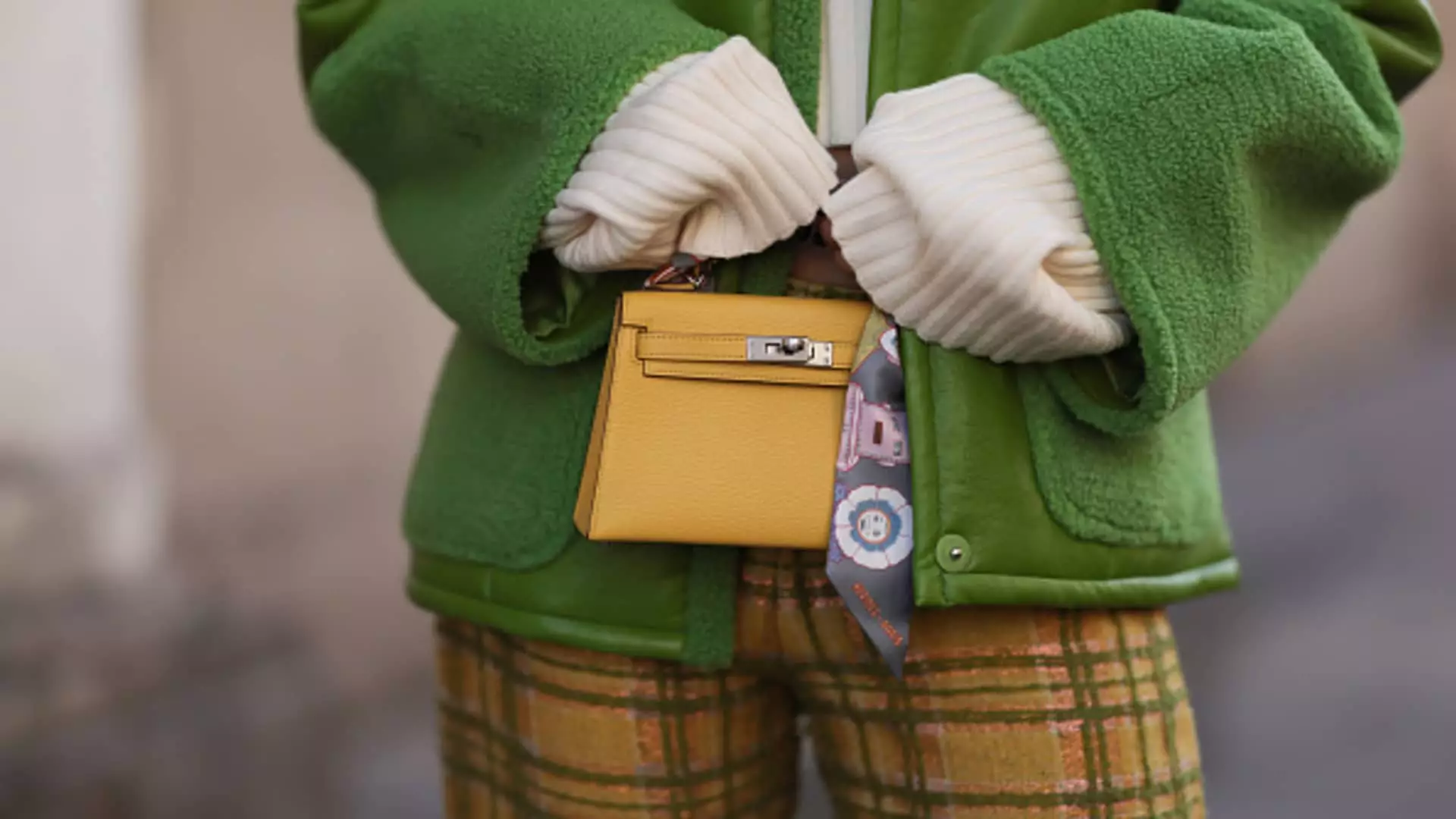Quiet luxury emerged as a viral fashion trend last year, gaining momentum on social media platforms such as TikTok and Instagram. Unlike other fleeting fads, this trend has proven to be more than just a passing trend, as it has made its way into investor portfolios and yielded significant returns. So, what exactly is “quiet luxury,” and why has it captivated both fashion enthusiasts and investors alike?
Subtlety and Minimalism
Quiet luxury revolves around understated and subtle displays of opulence, marking a departure from the loud and flashy exhibits of wealth that dominated the fashion world in the past. This shift is influenced by popular shows like HBO series “Succession,” which have further propelled the trend’s popularity. Today, the emphasis is on subtlety, minimalism, and timeless elegance.
Investing in Luxury Stocks
Interestingly, the quiet luxury movement has not only gained traction in the fashion industry but has also captured the attention of investors. Luxury stocks have long been considered an effective hedge against inflation. One of the reasons for this is the segment’s high pricing, which rarely deters its affluent customer base. Additionally, luxury brands often enjoy higher profit margins compared to other consumer discretionary products like televisions or phones.
The Resilience of Luxury Companies
Despite the changing landscape of the fashion industry, luxury companies have maintained their fundamentals for decades. However, as the quiet luxury movement gains momentum, investors are now seeking out companies that embody the essence of this trend. According to DBS Bank, companies such as Hermes, Prada-owned Miu Miu, Brunello Cucinelli, Compagnie Financière Richemont, and Swatch Group have exemplified quiet luxury and outperformed their “loud” counterparts in 2023.
The Appeal of Quiet Luxury Companies
Quiet luxury companies, as categorized by DBS, are characterized by their understated elegance, high quality, exclusivity, and scarcity. Some of DBS’s top picks include Hermes, Moncler, LVMH Moët Hennessy Louis Vuitton, Richemont, Swatch, Brunello Cucinelli, and Ermenegildo Zegna. Unlike viral trends that come and go, investors are looking at these companies with a long-term view, recognizing the enduring heritage and success of these brands.
The demand narrative for luxury goods in the Asia-Pacific region is undergoing a transformation, partly due to China’s uneven post-pandemic recovery and lackluster domestic demand. While Chinese consumers still demonstrate an appetite for luxury goods, luxury brands are now expanding their reach to cater to other growing markets in Asia. Mature markets like South Korea and Japan are experiencing a surge in demand for luxury goods, and India is emerging as a significant market due to its growing population and wealth.
A recent Goldman Sachs report predicts that by 2027, approximately 100 million people in India will become “affluent,” defined as those earning an annual income exceeding $10,000. Currently, there are 60 million people in India who already meet this threshold. This projection highlights the immense market potential for luxury brands to tap into India’s growing affluent class.
Impact on Luxury Stock Rankings
The rise of quiet luxury has had a notable impact on luxury stock rankings. Brands associated with being “loud,” such as Kering-owned Gucci and Burberry, have seen their rankings decline, while companies focused on understated elegance have experienced upward trends. Bank of America Securities research shows that brands should prioritize fashion content and novelty to re-engage customers and drive traffic. Consequently, companies geared towards quiet luxury, such as LVMH and Hermes, are better positioned in the current market.
Quiet luxury has become a significant phenomenon in the fashion industry, departing from the previous era of flashy displays of wealth to embrace subtlety, minimalism, and timeless quality. This trend has not only captivated fashion enthusiasts but has also attracted the attention of investors. By investing in quiet luxury companies characterized by understated elegance, high quality, and exclusivity, investors are positioning themselves for long-term success. As the demand for luxury goods shifts in the Asia-Pacific region, brands are diversifying their focus beyond China and targeting emerging markets like India. The rise of quiet luxury has reshaped luxury stock rankings, rewarding companies that embrace this trend and emphasizing the need for fashion content and novelty to engage customers. Ultimately, the quiet luxury movement signals a lasting shift in the industry, urging both fashion consumers and investors to prioritize quality, subtlety, and enduring heritage.


Leave a Reply